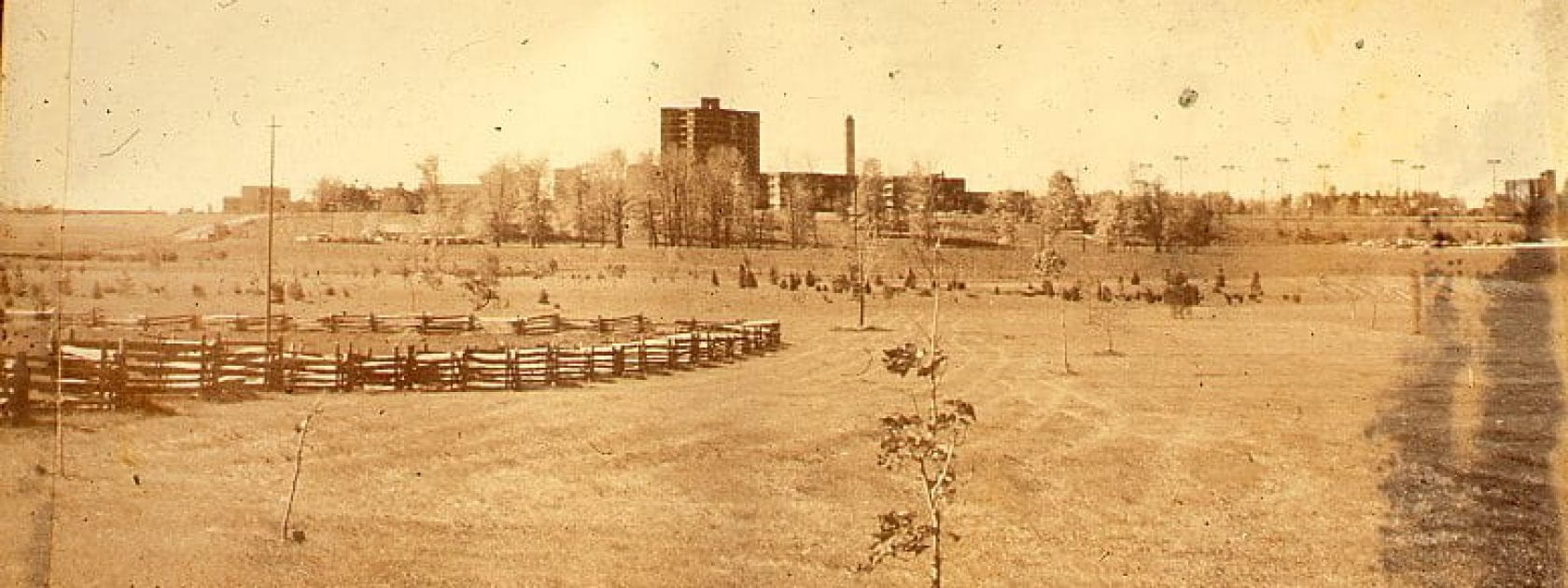Written by Emma Scott
This past summer, I was hired as an Undergraduate Research Assistant for the University of Guelph’s Arboretum. As a URA, I was tasked with re-designing parts of The Arboretum’s website, completing historical research, and coordinating the 50th Year Celebrations social media campaign. It was an exciting and jam-packed couple of months!
While gathering information for the 50th Year Celebrations, my eyes were opened to the rich history behind The Arboretum. Previously, I visited The Arb as a good place for a hike or to watch a meteor shower in the middle of the city. I thought that The Arb was a wonderful park adjacent to the University. Besides that, I did not know much about it.
Over the past several weeks, I have become almost (but not quite) an expert on The Arboretum’s history. I’ve learned about the uses of the land long before it became The Arboretum; the numerous plantings, gardens, and collections; the programs that have come and gone, and those that continue to this day; previous staff, students, volunteers, and donors; the fieldwork and research that has and does take place here; and so much more! It is almost difficult to choose my favourite fact about The Arboretum. But, if I had to narrow it down, I would say that it is that The Arboretum was once a research farm for the Ontario Agricultural College and had two wooden watchtowers so researchers could observe the groundhog population on-site! This study was completed in 1971 when the 22-acres used for the groundhog study became a part of the newly established Arboretum!
Due to COVID-19 shutdowns, I worked remotely for the entirety of my contract. This resulted in me learning about and promoting The Arboretum from home. It was wonderful to be able to work from home during such uncertain times, but occasionally I felt like I was missing out on the fun of The Arb. When I finally had the opportunity to visit The Arb with my family one day, I found myself strolling along the various trails in awe. After learning about the history and features of The Arboretum, I had come to appreciate the place so much more. I played the role of a tour guide for the day, pointing out groves, physical features, and buildings while spouting facts to my family who were just along for the hike. Thankfully, my family found the history of The Arboretum just as interesting as I did!
I would strongly encourage everyone to take the time to learn more about The Arboretum and its past. By learning about places like this, we become more appreciative of them. In turn, we realize their importance and just how critical it is to protect the natural environment.
Emma Scott is an undergraduate student studying English at the University of Guelph


